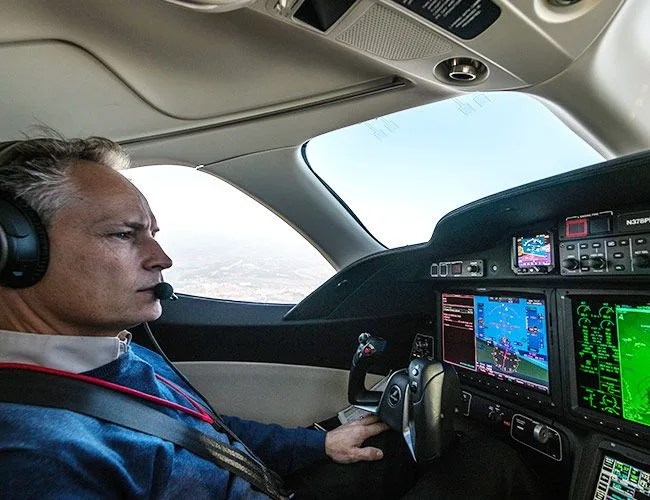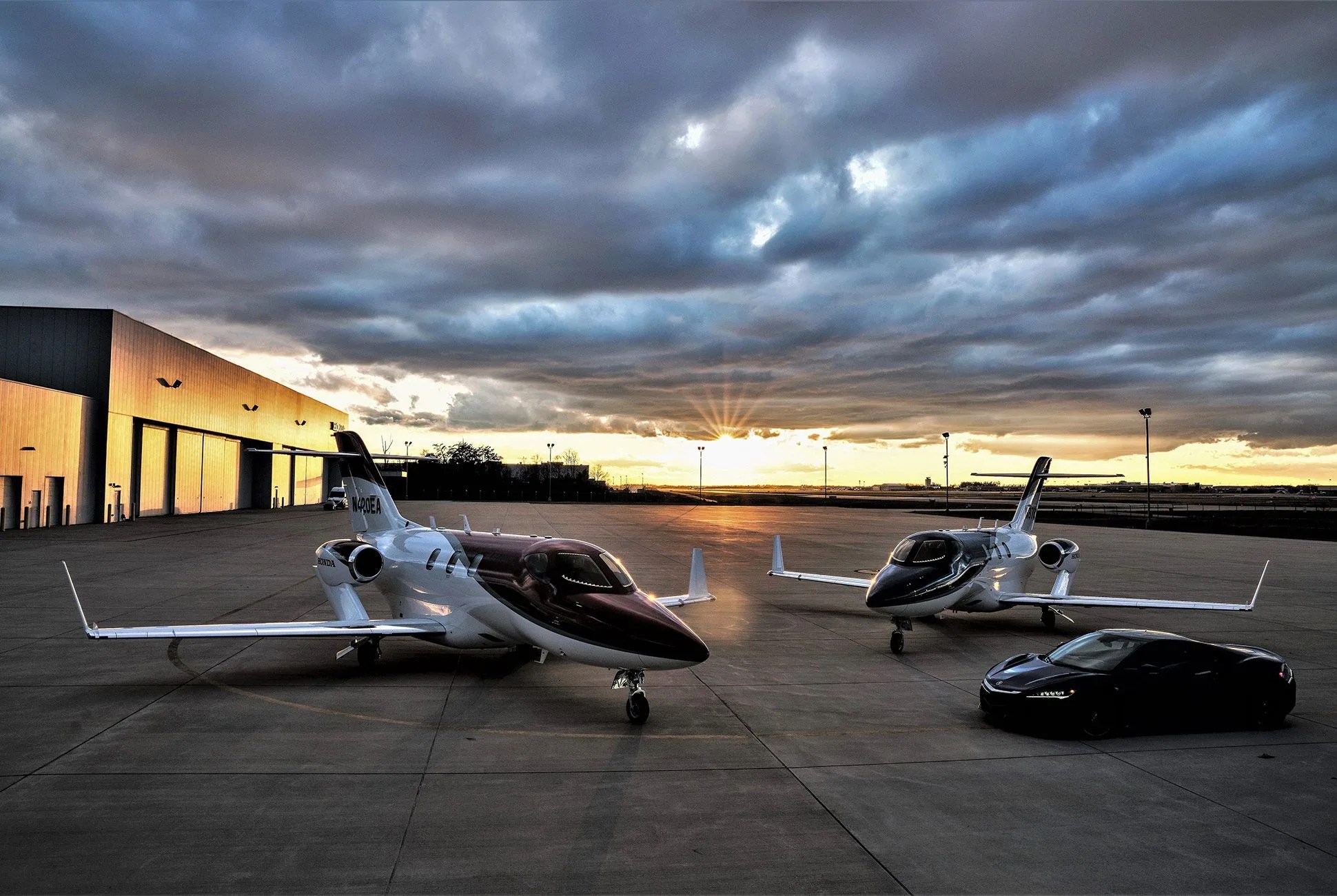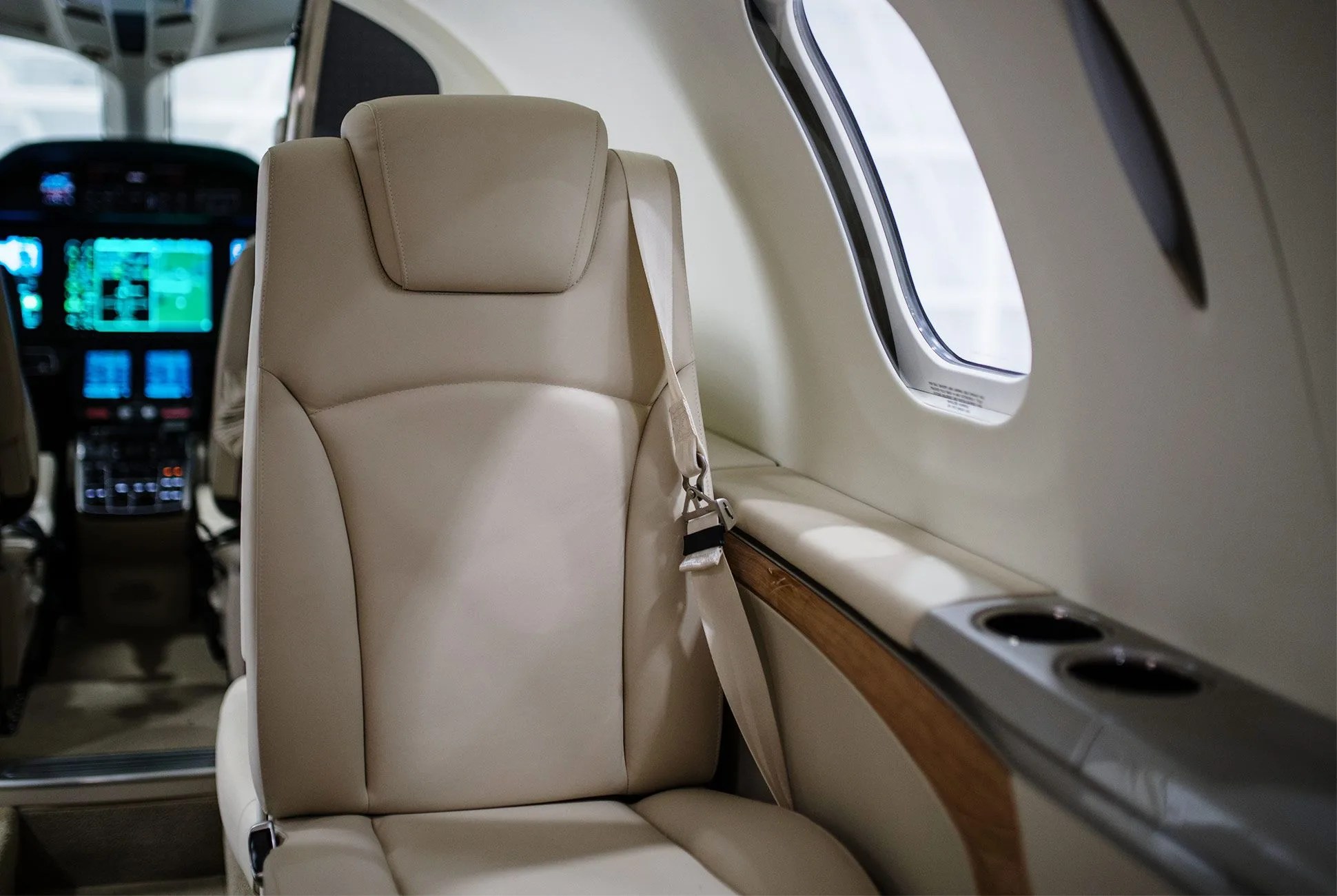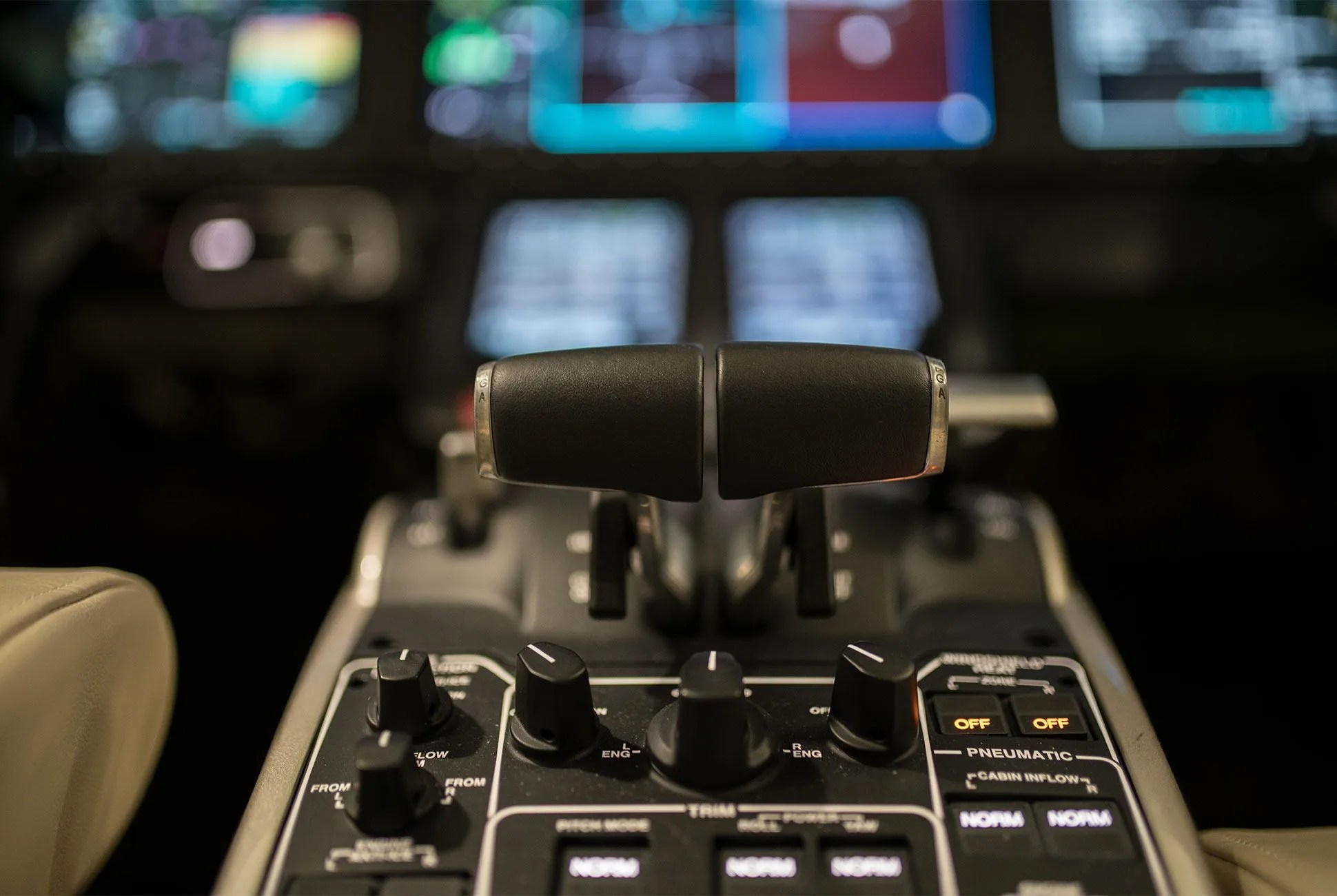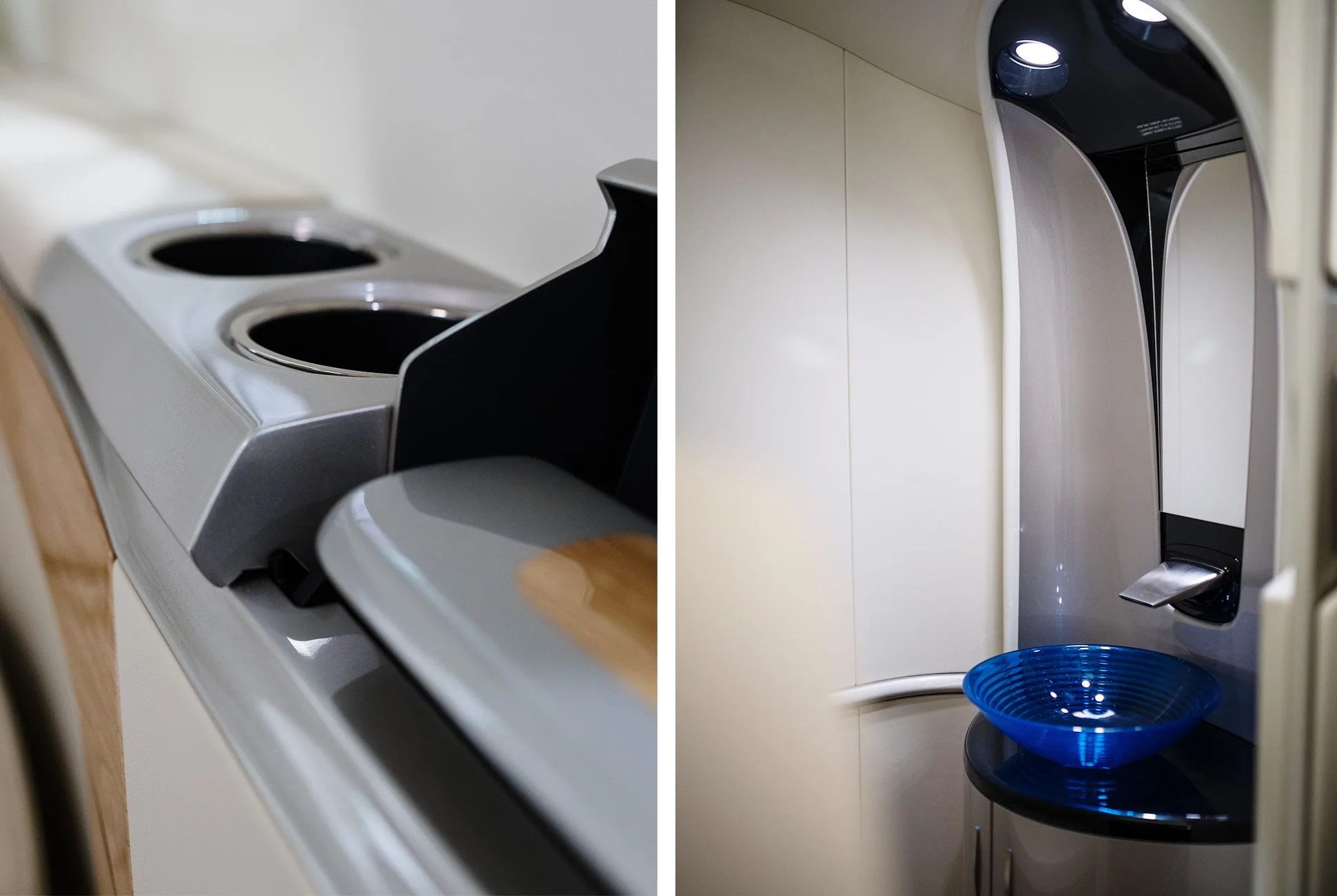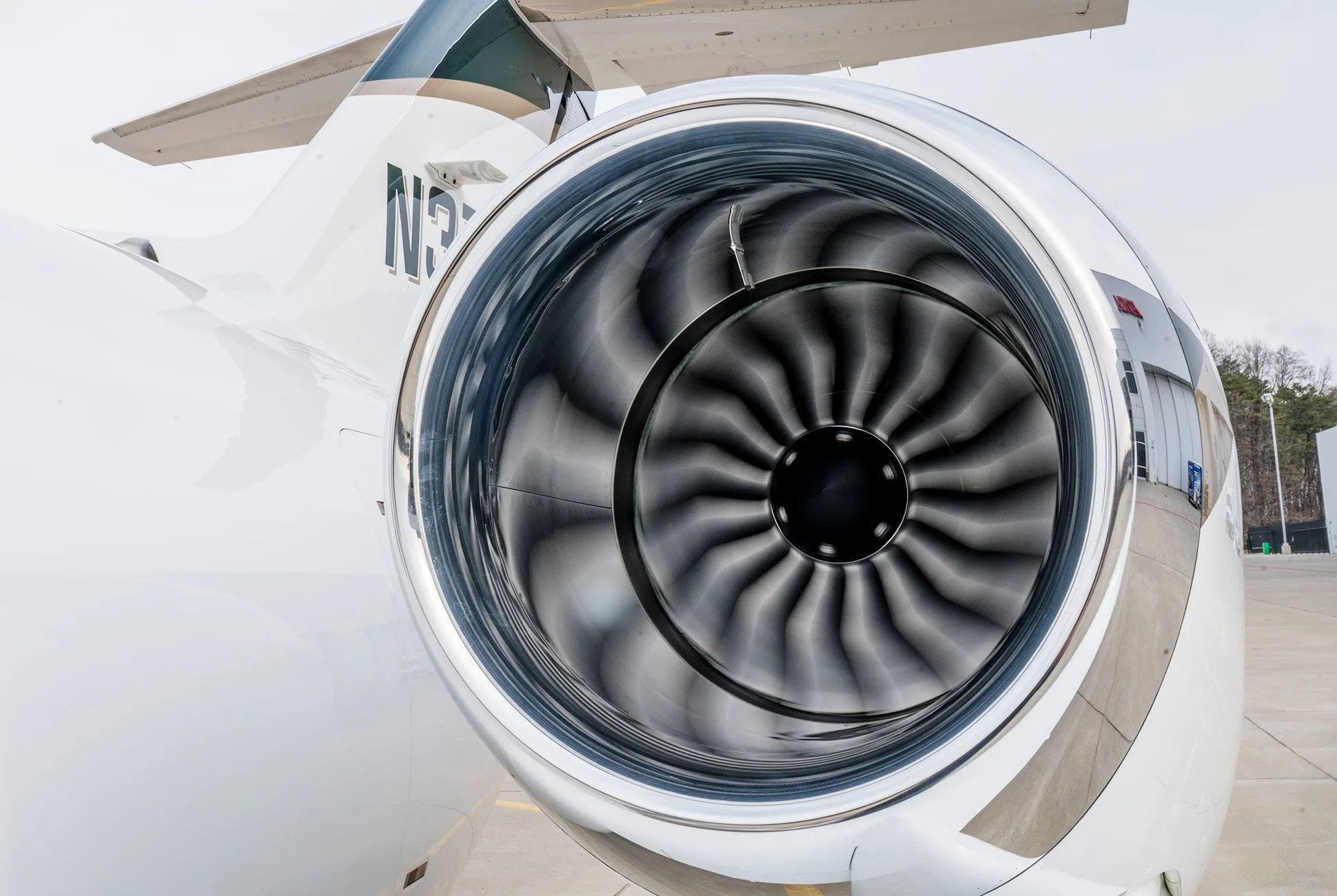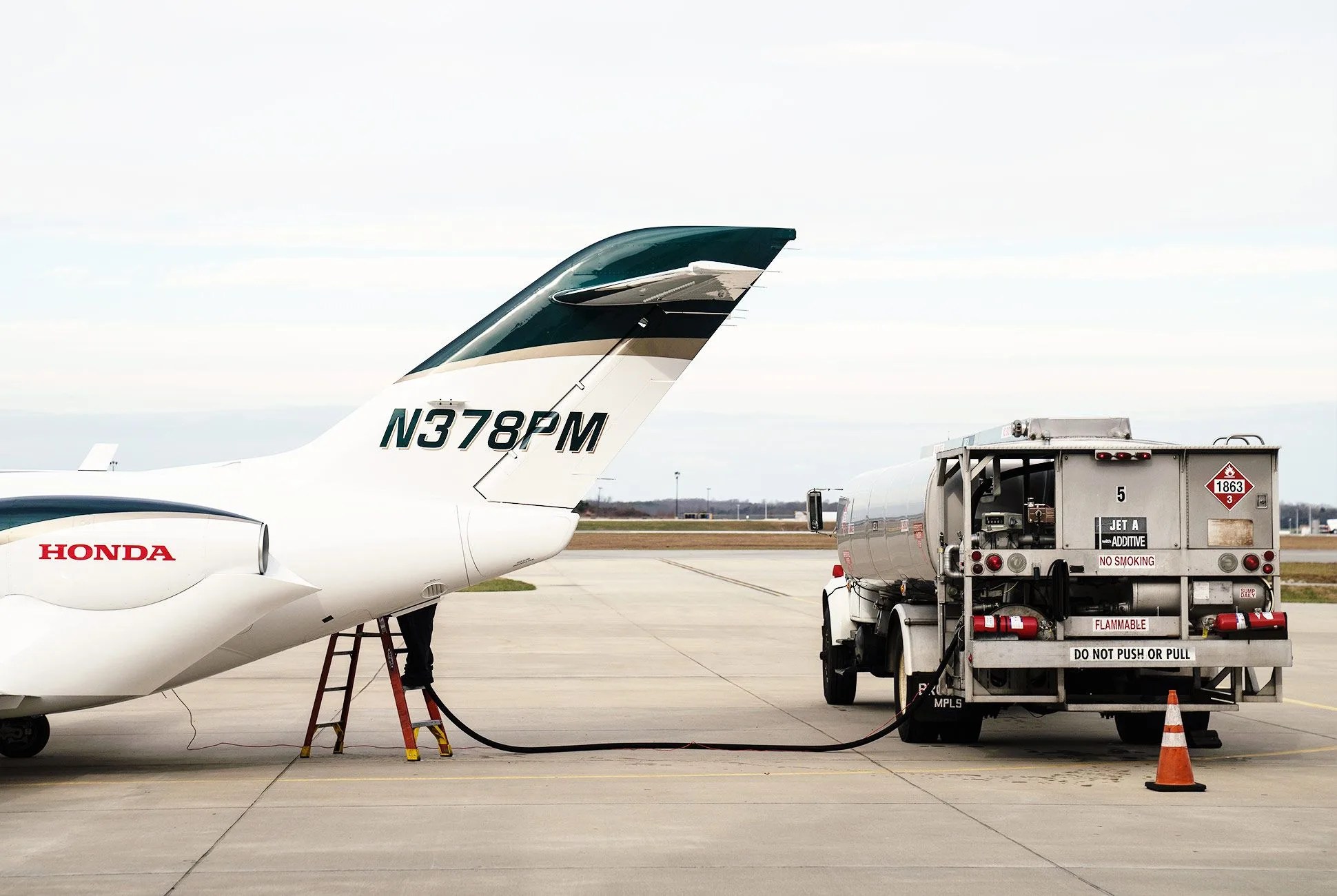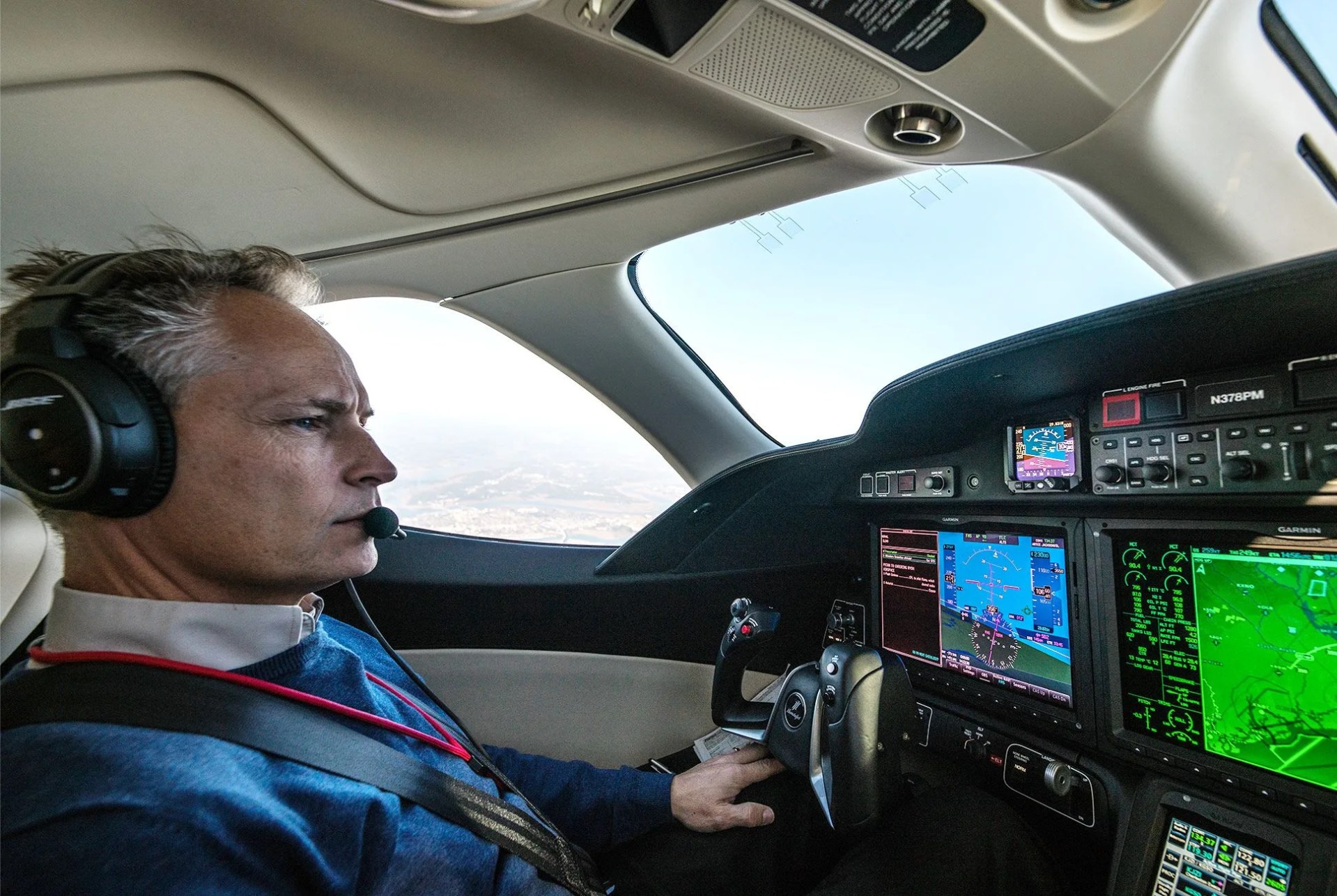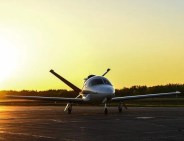7 photos
Honda’s (yes, that Honda) airplane is a twin-engine light jet capable of carrying one pilot and five passengers up to 1,300 miles on a single load of fuel. At $5 million, it’s not exactly the “Civic of the Skies,” but nevertheless the HondaJet represents a significant value for those who take their business travel — or even recreational flying — quite seriously. In that light, think of it more as an “NSX/RLX of the Skies” — a cross between the Acura supercar’s performance and the luxury sedan’s comfort and functionality. Indeed, the airplane is fast, efficient and loaded down with all the innovation you’d expect from Honda, with advanced aerodynamics, novel engine configuration and plenty of top-shelf cockpit and cabin features.
HondaJet has been in development for two decades, and is now in production at the Honda Aircraft Company’s Greensboro, North Carolina, headquarters. To date, more than 60 are in private hands. I flew along in one from Charleston, South Carolina, to the Greensboro facility in order to see how the airplane stacks up against other business jets, and the cruddy regional jet I had to fly home in. Short answer: it’s far better than many of the former, and absolutely buries the latter.
Verdict
HondaJet’s twin-engine private jet has taken the aviation community by storm. Not only does the jet represent a great value with low operating costs — the key variable to corporate flight departments — but it also has a compelling origin story. HondaJet comes from a company completely new to aviation, and it’s also the first time that an aircraft company has developed its own turbofan engine, which Honda did in partnership with GE. Both of these contributed to the jet’s long development time, but they also allowed the company to hone its first offering’s tricky engineering decisions and retain absolute control over every element of the project.
The airplane makes sense from a fiscal perspective, too: business jets can easily cost tens of millions of dollars and up to $5,000 per hour to operate, against HondaJet’s modest $1,130 hourly cost. From a pilot and passenger’s perspective, it’s easy to fly thanks to heavily automated engine and aircraft management systems, and it’s a pleasure to be in thanks to its thoughtfully designed cabin.
Honda Aircraft Company HondaJet
Cost: $4.9 million
Capacity: 1 pilot + 5 passengers maximum
Average Cruise Speed: 423 mph
Maximum Cruise Altitude: 43,000
Range: 1,388 miles
Rate of Climb: 3,990 ft / min
Takeoff distance: <4,000 ft
Landing distance: <3,050 ft
Engines: GE Honda / HF120
Output: 2,050 lb-ft of thrust each
Dimensions: 43 ft long; 40 ft wingspan; 15 ft tall
Cabin: 18 ft long x 5 ft wide x 5 ft tall
